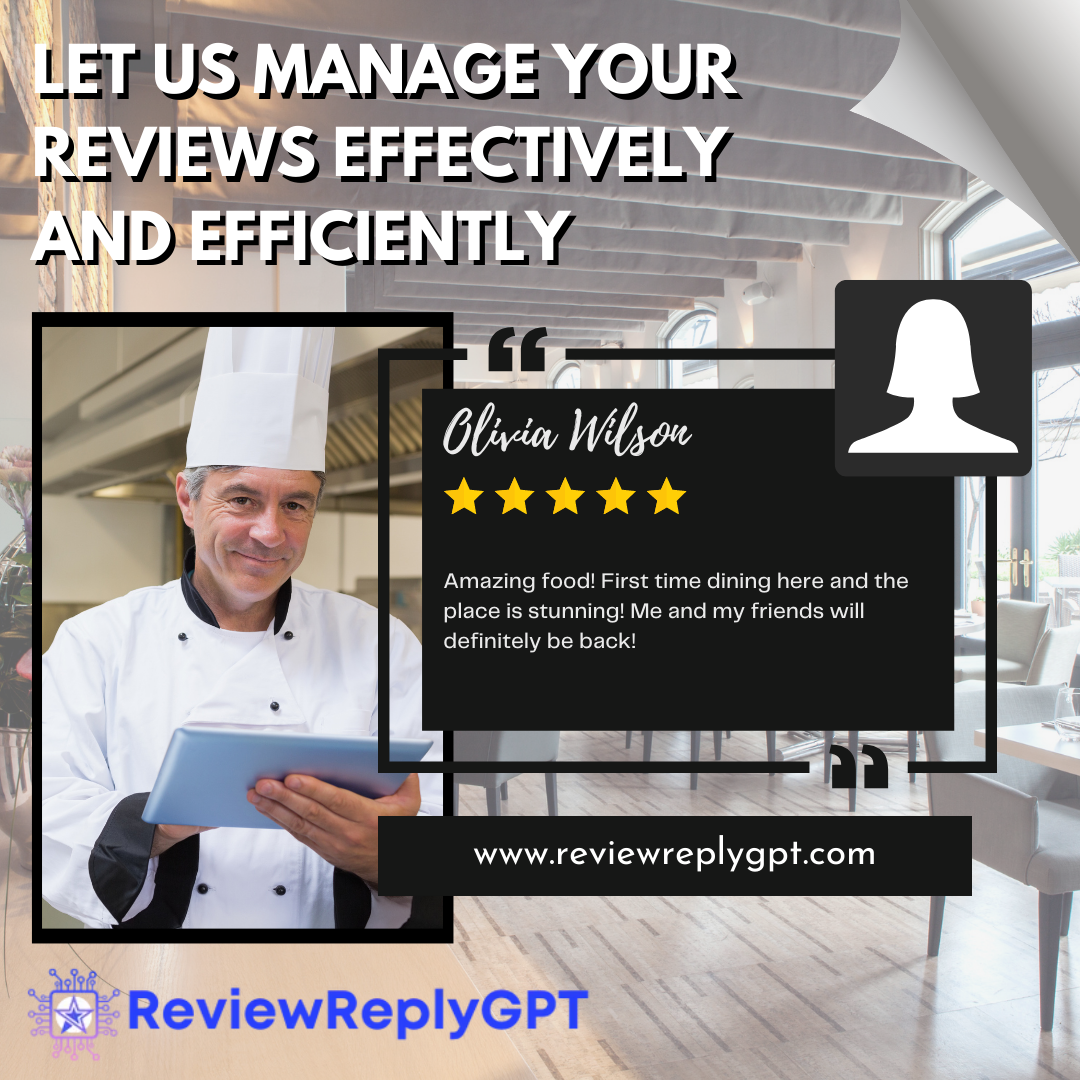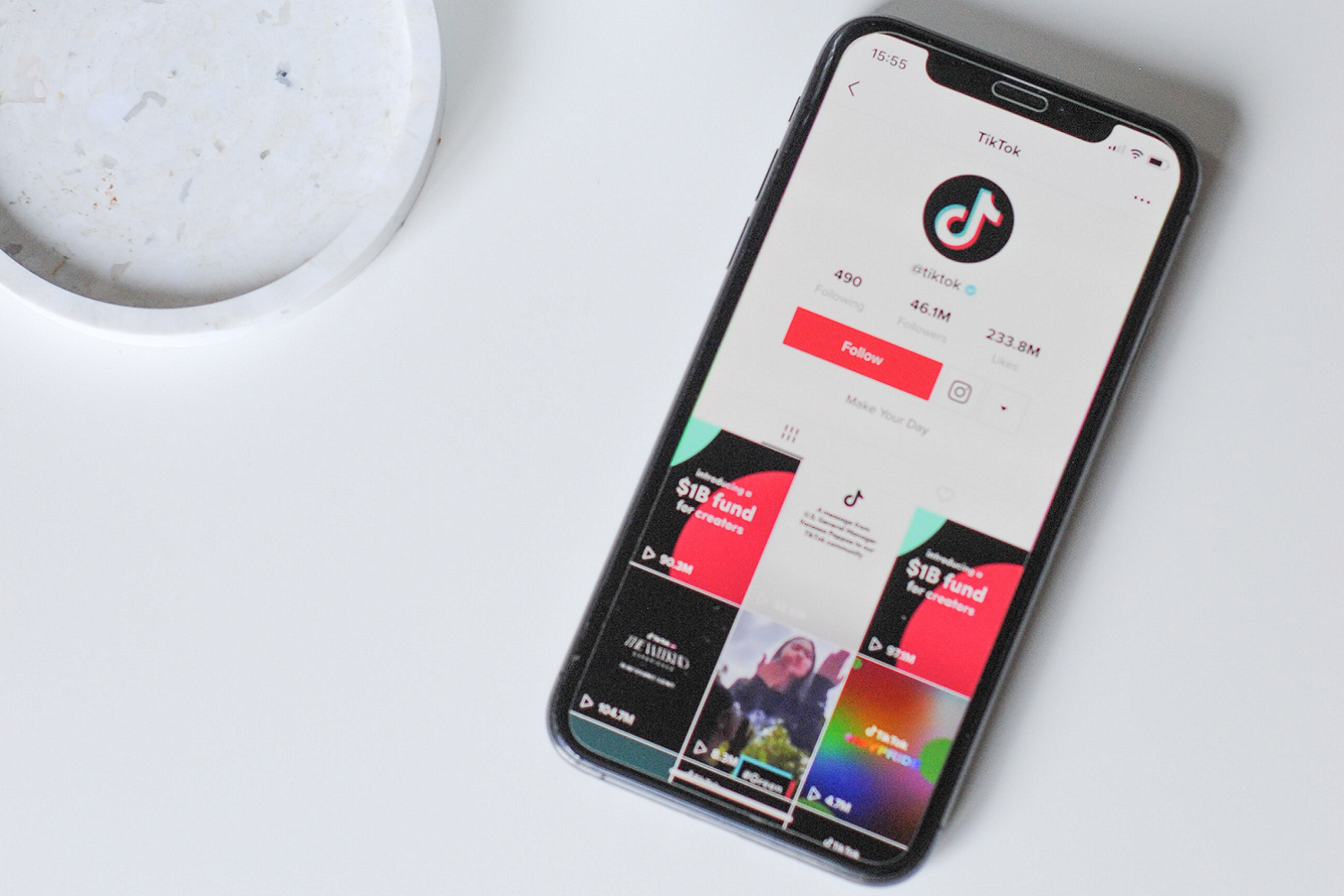Sales and Marketing Alignment to Reach Your Business Goals
For many businesses, sales and marketing are delineated teams. Marketing is tasked with generating leads, while sales is responsible for qualifying leads and getting to the sale. Unfortunately, this can lead to a lot of dissension and opposition between the two teams, which impacts the success of both.
Sales and marketing alignment is one of the most important aspects of generating continued revenue for your business. What this means is that the sales and marketing teams collaborate to reach goals, rather than working singularly and in opposition.
In fact, businesses with proper alignment of sales and marketing have 36-percent higher customer retention rates and 38-percent higher sales, according to MarketingProfs . They also achieve higher revenue growth than businesses without alignment.
Despite this, sales and marketing alignment is something that many businesses struggle with. Here are the key elements both teams need to work on in order to achieve proper alignment and work together to reach goals.
Target Buyer and the Buying Process
In order to be successful with your ultimate business goals, your sales and marketing teams must be in agreement about who the target buyer is, as well as understand the complexity of their journey. They must understand what they buyer is looking for, what they care about, and why they choose to buy the products or services.
There are two critical elements in understanding the buyer:
●Buyer personas: These provide in-depth knowledge of the target buyers through demographics, objectives, priorities, and challenges, all of which inform the purchasing decision.
●Buying process map: This is a detailed view into the buyer’s journey. It’s important to understand and map the buyer objectives, the activities they engage in, how they interpret information, and the communication tools they use to access that information.
Both of these elements are integral to the revenue chain, which means that they’re vital to both sales and marketing. In-depth buyer research informs the sales and marketing processes, content, and campaigns, giving them the tools necessary to reach the buyer in a compelling way.
Revenue Process
Once both teams understand the buyer, next comes the revenue process. This refers to a set of conversion points that start at the top of the funnel — the awareness stage — and end with closing the sale. There are plenty of conversion points throughout the funnel, but the shared revenue process should focus on five to seven conversion points:
●Lead.
●Qualified lead.
●Opportunity.
●Demonstration.
●Proposal.
●Closing the sale.
These conversion points should be well-understood and agreed upon by both teams, and the process of tracking and reporting should be visible so that the process can be optimized.
Messaging
Messaging is one of the bigger challenges in aligning sales and marketing, as well as a source of tension. Marketing tends to focus on the messaging, while sales tends to assume that marketing’s messages are ineffective. This issue usually arises from a disconnect between the two teams and their individual objectives.
Regardless of how effective a message is, however, the sales team needs to believe it and be able to use it properly in order to make the sale. Testing only goes so far, so marketers should tag along on sales pitches to get a real-world view of how the message comes across and to gauge the reaction. This not only helps marketing hone in on their own messages, but it also helps the sales team believe in the message.
Content
Content is a vital part of the selling process, but many salespeople don’t know how to use it effectively. This can be corrected by both teams coming to agreement and understanding about the following:
●Content strategy.
●When to use content.
●How to use content.
●How to judge the effectiveness of content.
Once this is achieved, salespeople have a better understanding about how to use content, and the marketing team can focus its efforts on the content.
Lead Handoff
Another challenge often faced by sales and marketing teams is when to send a lead to sales. The sales team tends to think that marketing can’t produce quality leads, due to a communication breakdown.
A qualified lead should have all the demographic and psychographic information, which are both agreed upon by the two teams and shared with all involved. By doing this, sales will have more trust in marketing to deliver truly qualified leads, and all will benefit.
Revenue Service-Level Agreements
There are several service-level agreements that need to occur between sales and marketing for alignment and success. The marketing team should agree to a quota of qualified leads, while the sales team should agree to a follow-up process that accounts for how quickly they follow up and how much effort they put into the process. If the marketing team’s leads fit the predetermined definition of a qualified lead, then sales should have no issue following up quickly and thoroughly.
Optimization
The common theme of all these elements of alignment is communication. The final agreement between the two teams should be to communicate on a regular basis and to continue to optimize the process. This can be achieved through regularly scheduled meetings to address any shortcomings and work toward solutions.
Here are some recommended meetings:
●Revenue meetings: Revenue meetings should occur on a weekly basis. These meetings should cover reporting metrics at the various conversion points, the processes, and the expectations. At the end, a plan to improve in the future and specific goals for both teams should be reached.
●Lead generation meetings: Both sales and marketing are tasked with generating leads and qualified leads, so meetings should occur on a regular basis to optimize this process. Both teams can view the metrics, specifically the conversion rate between leads given, and provide feedback for each team. During this meeting, the marketing team should prepare to optimize campaigns further, and the sales team should prepare to optimize the follow-up process.
●Sales enablement meetings: Ultimately, the sales team wants assistance from marketing in moving sales prospects through the pipeline, and not the leads themselves. These meetings should review the content and determine what is and isn’t working, giving both teams a better understanding of how they can improve and reach sales goals.
These are a few recommended meetings, but meetings can be tailored to your specific teams. Initially, sales and marketing teams may need more frequent meetings to realize their shared goals and work together effectively, which may change over time.
Moving Forward
Sales and marketing alignment is a critical aspect of a successful business. Though achieving this alignment can be challenging, the goal of these two teams is generating revenue. Once both teams communicate openly and realize their shared goal, it’s much easier to align and work together toward achieving that goal.
Are you looking for help navigating the ever complicated digital marketing space? We can help!
The Harvest














